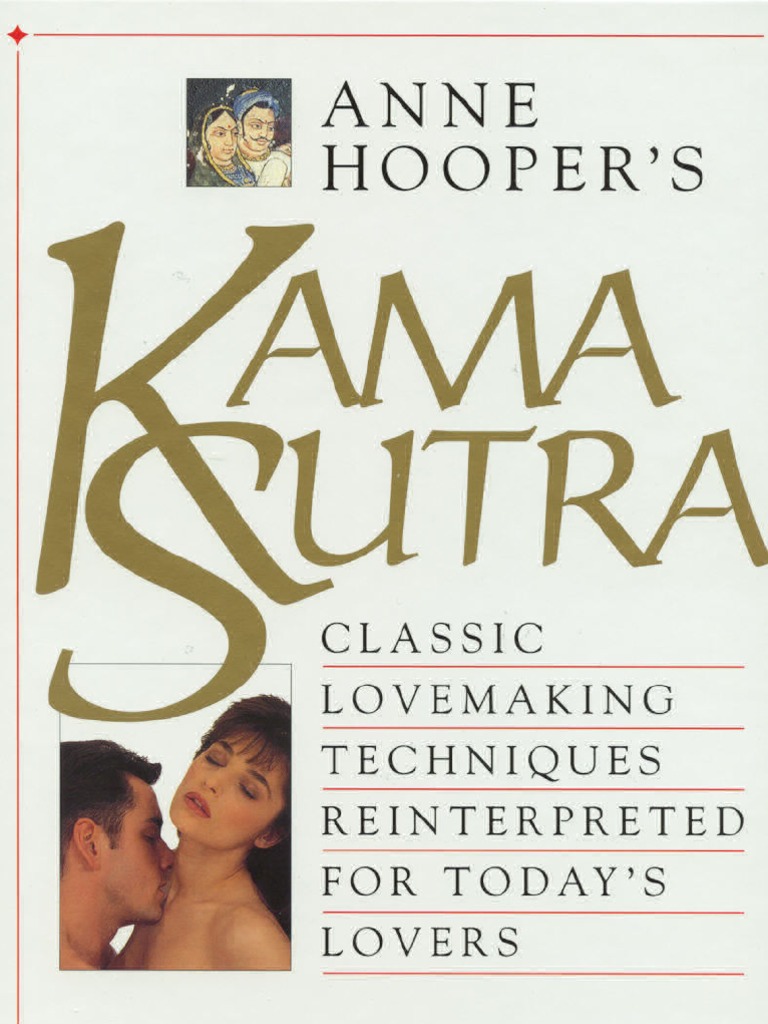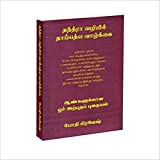

The translator's concluding remarks call the book primitive so might also modern women who are told that if their name ends in “l” or “r” they should not be married, because they are worthless.

Others, such as how to get money from a lover, will probably remain useful as long as there are humans in the world. Some of these have small relevance to the modern world, such as how to sneak into the King's harem, but are interesting nonetheless. Once the means of sexual congress are discussed, the many types of male-female relationships and their proper prosecution are covered.

Learning each of these and when and how to practice them, Vatsyayana affirms, not only leads to the best gratification, but makes the artist a person of great desirability. Part of the book discusses the 64 arts of love employed by masters of coitus. Vatsyayana claimed to have written the Kama Sutra while a religious student, “in contemplation of the Deity” - but references to older works, shrewd disputations by Vatsyayana of those authors' recommendations, and careful cataloging of practices in various of the Indian states indicate much more emphasis on kama, or sensual gratification. The Kama Sutra, or Aphorisms on Love, has survived at least 1400 years as a dominant text on sexual relations between men and women. LibriVox recording of The Kama Sutra by Vatsyayana.


 0 kommentar(er)
0 kommentar(er)
